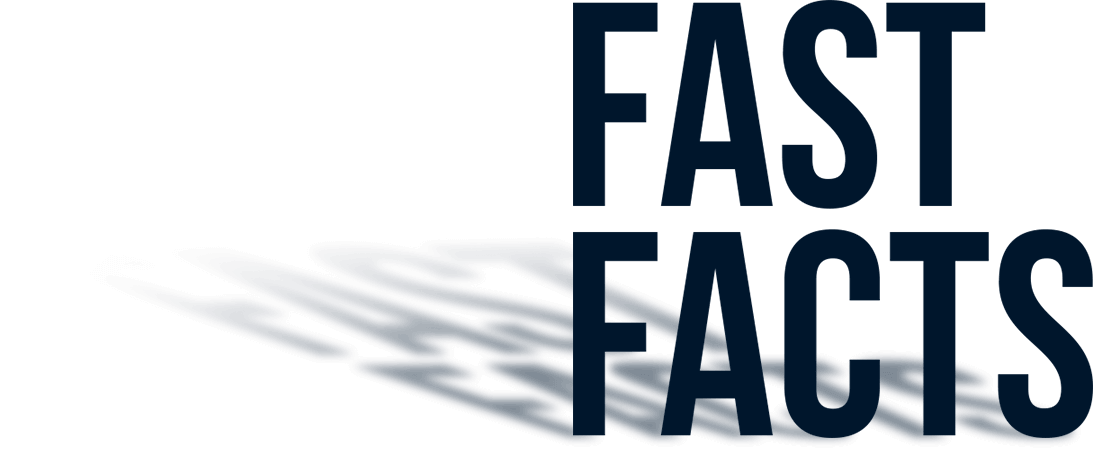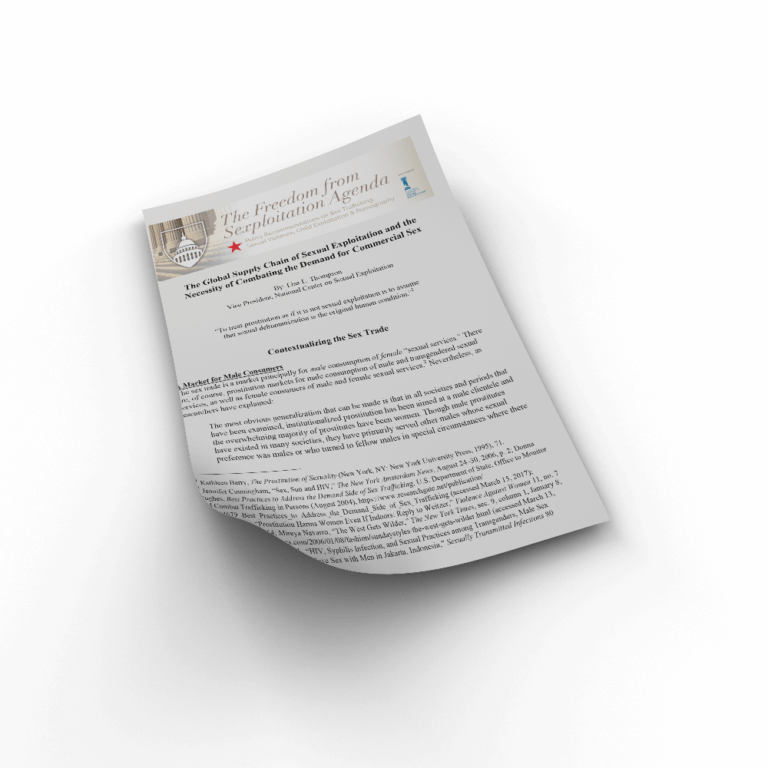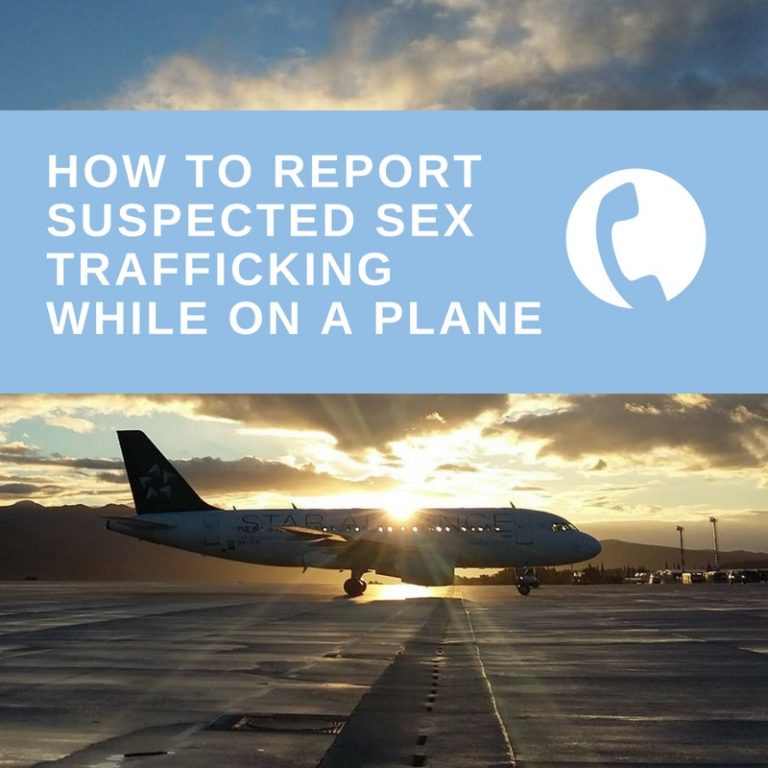
What is Sex Trafficking?
Trafficking in persons is the illegal commerce in human beings. It can be helpful to think of trafficking in persons, or human trafficking, as the process through which a person loses his or her freedom and is reduced to the status of someone else’s “property.” People who live through the trafficking process ultimately experience slavery because they become people over whom others assume the powers and “rights” of ownership.
Sex trafficking, a subcategory of human trafficking, involves the exploitation of people in the commercial sex industry (i.e., prostitution marketplaces) where victims are expected to provide commercial sex acts on demand. Commercial sex acts are any sex acts on account of which anything of value (e.g., money, clothes, shelter, food, drugs, etc.) is given to or received by any person. Because a person has no meaningful right to refuse sex in the context of sex trafficking, the principle nature of their exploitation is that of rape and the abrogation of their individual autonomy.

Not every person in prostitution has been sex trafficked, but it is important to realize that prostitution and sex trafficking overlap in significant ways. First, the commercial sex trade is the context where sex trafficking occurs. Prostitution marketplaces (e.g., strip clubs, illicit massage businesses, brothels, escort agencies, pornography studios, camming and “sugar daddy” websites) are notorious for their association with sex trafficking.
Additionally, sex buyers use sex trafficked and other women in prostitution interchangeably. In other words, there is no specific demand for sex trafficked women per se, but demand for women, as well as children and men, in prostitution generally. The demand for people available for sex in prostitution is what fuels sex trafficking.
Sex trafficked and prostituted people also suffer the same harms such as physical injury from sexual assaults, acquisition of sexually transmitted infections, and psychological trauma.
Those in the sex industry, sexually trafficked or not, share key demographic characteristics. Systems of prostitution prey on vulnerable people who face adversities such as economic insecurity, barriers to higher education, racial discrimination, homelessness, and/or have histories of childhood neglect and sexual abuse. The sex trade exploits vulnerable people whether they have experienced sex trafficking or not.
Regardless of how people enter prostitution, once in it they experience serious psychological, physical, and sexual trauma predominantly from sex buyers and “partners” who are often their traffickers. This is harm that cannot be regulated away.
Sex traffickers are often depicted as big, unknown, threatening men who forcibly kidnap young girls for sex trafficking. This creates a stereotypical super-predator image that makes it hard to recognize sex traffickers in real life.
While most sex traffickers are men, studies have found that a significant minority (15-32%) are female (see here, here, and here). In addition, many people actually know their trafficker. Most sex traffickers prefer to develop relationships with their targets, either virtually or in person, in order to methodically groom them for trafficking. In fact, many traffickers of minors are parents or other family members or caretakers (see also this report and this one). Prevalence of parental pimping has been documented as ranging from 3% – 44% among survivors, revealing that parents play a significant role in sex trafficking. A study of sex trafficking cases in which family members were the traffickers, reported that almost 60% of familial sex trafficking victims have ongoing contact with their trafficker, making it exceedingly difficult for children and youth to remove themselves from harmful situations and protect themselves—both physically and psychologically. Further, as documented in a review of active federal sex trafficking cases in 2019, 23.3% involved a pre-existing relationship, whereas only 3.5% were organized crime-directed. Many people are also trafficked by their boyfriends (see here, here, and here).
When most people imagine what sex trafficking looks like they may envision the stuff of sensational, popular action films like Taken—kidnapping, guns, handcuffs, and chains. While physical force is used in some cases of sex trafficking, more often victims are psychologically coerced into sex trafficking situations. For example, in active federal cases of sex trafficking in 2019, only 5.3% of cases involved cages, locked rooms, or barred cells. Most victims are groomed and held captive through psychological abuse, manipulation, and coercion. This kind of abuse is often not obvious at first glance. To help address this problem, the U.S. Department of Health and Human Services Administration for Children & Families has developed this screening tool to help public health, behavioral health, health care, and social work professionals assess clients and patients for possible human trafficking victimization.
Sex trafficking is simultaneously a global and a local phenomenon. Even so, it is not uncommon for people to believe that sex trafficking is an issue only involving people from foreign countries who are trafficked from their country of birth to other countries. This is only a part of the sex trafficking picture. A significant amount of sex trafficking also happens to people who never cross international borders. Some people experience sex trafficking within their own country of birth—even within their own communities.
This means that sex trafficking is happening to U.S. born citizens within our own borders (see here and here). In fact, sex trafficking is mostly likely happening in your community. For instance, fronts for prostitution like strip clubs and illicit massage parlors exist in many communities in the U.S. and are known hotspots for sex trafficking. Additionally, the Internet has made it possible to advertise prostitution anywhere there is an Internet connection. Sex traffickers (also referred to as pimps) use these online prostitution platforms to advertise the availability of their victims to potential sex buyers. Such platforms have greatly expanded the geographic range and ease with which sex traffickers can “market” their victims. In 2019, the Internet was the primary method of soliciting buyers, accounting for 83.7% of active U.S. sex trafficking cases.
The Internet has also leveled factors like race and class, by allowing exploiters access to children who usually had the benefit of more protective barriers. The Internet has enabled sex traffickers and other child predators to groom and exploit children without them ever leaving home. Based on survivor accounts and research, sex traffickers and child predators appear to be using popular social media apps such as Instagram, Snapchat, and TikTok to identify, groom, and exploit children in the online space. Sex trafficking can happen in any community or neighborhood. As one researcher put it, “All children are potentially at risk from being groomed online because all children regularly use the internet.”
Context
The sex trade—the prostitution marketplace—is the context in which sex trafficking takes place. The prostitution marketplace includes any of the various ways by which prostitution is marketed and provided: strip clubs, massage parlors, “escort” services, Internet-based prostitution websites, brothels, as well as pimp-facilitated, street-level prostitution, etc.
Vulnerabilities
Prostitution and sex trafficking overlap in that many of those in prostitution, whether sex trafficked or not, share a common set of vulnerabilities with victims of sex trafficking. As an industry the sex trade is notorious for its predatory dependence on vulnerable persons to make up “the supply” of people available for sex. Minors, runaway children, children in foster care, people from racial minority groups, homeless persons, those with histories of domestic and/or child sexual abuse, and those with drug addictions are examples of people with vulnerabilities the sex trade routinely exploits. For instance, research finds that those with one or more adverse childhood experience (ACE) (e.g., childhood sexual abuse) are more likely to have engaged in commercial sex. In recognition of this reality, the UN Protocol to Prevent, Suppress and Punish Trafficking in Persons Especially Women and Children supplementing the United Nations Convention against Transnational Organized Crime includes “the abuse of a position of vulnerability” within its definition of trafficking in persons.
Additionally, anyone who becomes involved in prostitution as a minor is by that very fact a victim of sex trafficking because minors cannot legally consent to commercial sex acts. Under the law adults who buy sex from minors are culpable for sexually exploiting them. Unfortunately, many individuals who are sex trafficked as children are not identified while they are still minors. They literally “grow up” while in prostitution and continue to be exploited in prostitution as adults.
Demand
Sex trafficking exists because of the demand for paid sex. Without the men who believe they have a right to purchase access to a woman’s, man’s, or child’s body, there would be no economic incentive for sex traffickers to fill that demand. In sum, no buyers, no business.
While many men have bought sex, most have not. Buying sex is not inevitable behavior. Focusing on efforts to combat demand have proven effective in reducing prostitution.
Policy
One’s approach to prostitution policy is key to either combating sex trafficking or fueling it. A study comparing 39 nations and another study comparing 150 nations examined the relationship between prostitution laws and measures of human trafficking, and found that sex trafficking is most prevalent in countries where prostitution is legal or decriminalized. Governments that legalize or fully decriminalize prostitution, instead of reducing harm, build on ramps to sexual exploitation by unleashing the demand for paid sex.
Take Action
How To Report Suspected Sex Trafficking
Share Your Story
How To Report Suspected Sex Trafficking While On A Plane
Demand Forum


50%
1/3
Sex traffickers are mostly male, but females can also be traffickers. The vast majority of pimps and sex traffickers are male, but studies have found a significant minority (15-32%) are female (see here, here, and here).
Many people know their trafficker. Most sex traffickers prefer to develop relationships with their targets, either virtually or in person, in order to methodically groom and traffick them. Child sex trafficking often involves a person who knew the child or even a family member of the child.
Race. Several studies have shown that black youth comprise the majority of child sex trafficking victims (see here, here, and here). Black children are disproportionately affected by sexual exploitation and trafficking, which makes truly combating sex trafficking a racial justice issue.
Exploitation of vulnerabilities. Sex traffickers usually target individuals with pre-existing vulnerabilities who will be easier to recruit or control. Among victims in new criminal human trafficking cases in 2019, at least 36 victims struggled with drug dependency or substance abuse, 24 had run away from home, 19 had irregular immigration status, 12 were homeless, 11 had been previously trafficked, 9 were in foster care, and 4 had experienced child abuse or neglect.
Further Reading
Global Report on Trafficking in Persons 2020, United Nations Office on Drugs and Crime
2019 Federal Human Trafficking Report, The Human Trafficking Institute
U.S. National Human Trafficking Hotline Statistics
Prostitution
Demand for Prostitution
Research Spotlight: “Sexual Violence as a Sexual Script in Mainstream Online Pornography”
Why Do We Let Corporations Profit from Rape Videos?
No, Pornography Is Not Feminist.
Google Search: Driving the Pornography Industry’s Profits
Research
Video Resources
Subscribe to our YouTube channel for the latest webinars, presentations from experts, video podcasts, and more!
Audio Resources
Subscribe to the Ending Sexploitation Podcast today!
The Ending Sexploitation podcast decodes sexual harms and provides you with active solutions. We address the full spectrum of sexual exploitation, from sex trafficking to sexual violence, to rape culture, to pornography, and more. And better yet, we give you the tools to make a difference!




